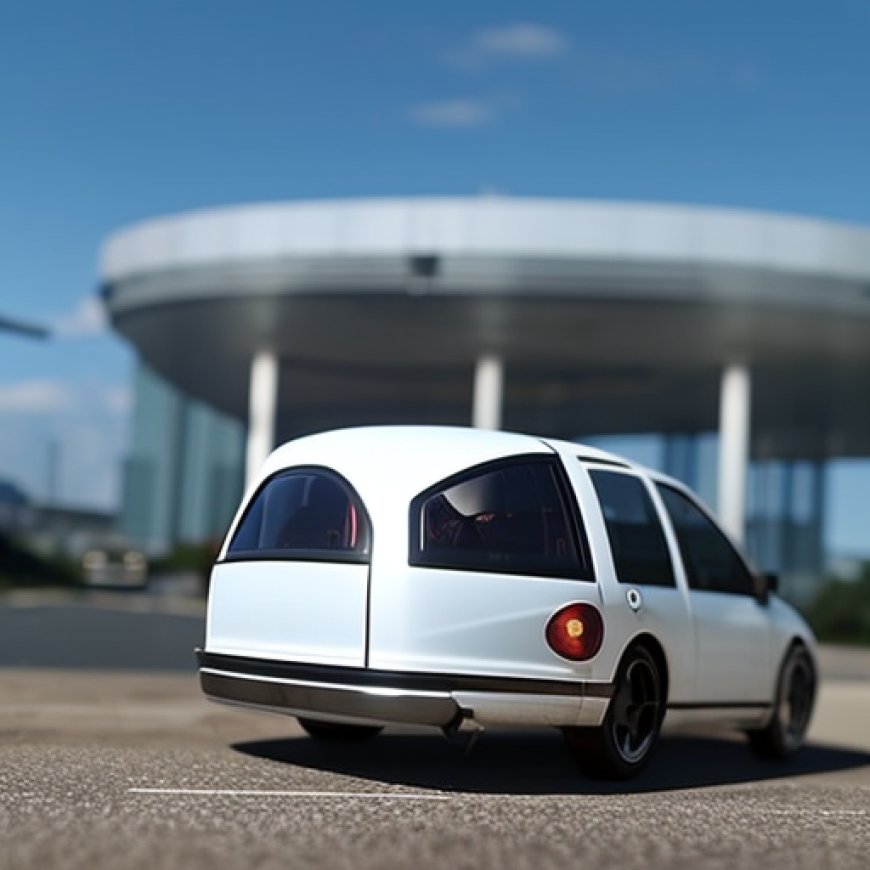Clearing the air: Pollution-free vehicles can save lives
Clearing the air: Pollution-free vehicles can save lives Reno Gazette Journal


F. Kevin Murphy and Melissa Ramos
Introduction
Let’s clear the air: Healthy air should be a fundamental right, not a luxury. People deserve to enjoy their time outside without worrying about air pollution making their families sick. Unfortunately, for the last few years we’ve seen worsening air quality here in Reno.
State of Air Quality in Reno
The American Lung Association just released their 25th annual “State of the Air” report, which found 95% of Nevada residents live in a county with at least one failing air quality grade, and Reno ranked in the Top 25 most polluted cities list in the country for ozone, short-term and annual particle pollution.
Health Impacts of Air Pollution
- Ozone and particle pollution can cause severe health emergencies, including asthma attacks, heart attacks, and strokes.
- Breathing particle pollution and other air pollutants can also cause lung cancer.
- Air pollutants damage our airways and increase the risk of infection with respiratory viruses and bacteria.
- Children are disproportionately affected by the health effects of air pollution.
Addressing Air Quality through Transportation
We cannot improve air quality without addressing transportation, Reno’s leading source of urban air pollution. Embracing pollution-free vehicles is a critical step towards cleaner, healthier communities.
Legislation and Sustainable Development Goals
- The Nevada Legislature passed Assembly Bill 262 and Assembly Bill 184 to facilitate adoption of more zero-emission vehicles.
- AB 262 allows for state agencies and local governments to include electric and hybrid vehicles in their procurement process.
- The Nevada Clean Truck and Bus Program (AB 184) creates incentives for businesses looking to transition to zero-emission vehicles.
Public Health Benefits and Urgency
Bearing in mind the health impacts of poor air quality, it is crucial to implement laws quickly to improve public health benefits. Pollution-free vehicles offer a tangible solution for a sustainable and healthier future.
Conclusion
Nevada must take action to address poor air quality now. Implementing pollution-free vehicles can lead to a sustainable and healthier future for all residents.
F. Kevin Murphy, MD, FACP, FIDSA serves on the public health commission of the Nevada State Medical Association, and is a member of Nevada Clinicians for Climate Action. Melissa Ramos, MPA is the senior manager for clean air advocacy for the American Lung Association in Nevada.
Have your say:How to submit an opinion column or letter to the editor
## Sustainable Development Goals (SDGs) Addressed in the Article
### SDG 3: Good Health and Well-being
### SDG 11: Sustainable Cities and Communities
### SDG 13: Climate Action
## Specific Targets Identified in the Article
### Target 3.9: By 2030, substantially reduce the number of deaths and illnesses from hazardous chemicals and air, water, and soil pollution and contamination.
### Target 11.6: By 2030, reduce the adverse per capita environmental impact of cities, including by paying special attention to air quality and municipal and other waste management.
### Target 13.1: Strengthen resilience and adaptive capacity to climate-related hazards and natural disasters in all countries.
## Indicators for Measuring Progress
1. Percentage of Nevada residents living in counties with failing air quality grades.
2. Ranking of Reno in the list of most polluted cities for ozone, short-term, and annual particle pollution.
3. Number of smoggy days experienced in Reno.
4. Levels of soot pollution in Reno.
5. Health emergencies caused by ozone and particle pollution, including asthma attacks, heart attacks, and strokes.
6. Impact on vulnerable populations such as children and families with lower income levels.
7. Implementation progress of laws such as Assembly Bill 262 and Assembly Bill 184 to facilitate adoption of zero-emission vehicles.
## Table of SDGs, Targets, and Indicators
| SDGs | Targets | Indicators |
|——————————————|———————————————————————————————–|—————————————————————————————————-|
| SDG 3: Good Health and Well-being | Target 3.9: By 2030, substantially reduce the number of deaths and illnesses from pollution. | – Health emergencies caused by air pollution |
| | | – Impact on vulnerable populations such as children |
| SDG 11: Sustainable Cities and Communities| Target 11.6: By 2030, reduce the adverse per capita environmental impact of cities. | – Ranking of cities in terms of air quality |
| | | – Implementation progress of laws facilitating adoption of zero-emission vehicles |
| SDG 13: Climate Action | Target 13.1: Strengthen resilience to climate-related hazards in all countries. | – Number of smoggy days experienced in a city |
| | | – Levels of soot pollution in a city |
Copyright: Dive into this article, curated with care by SDG Investors Inc. Our advanced AI technology searches through vast amounts of data to spotlight how we are all moving forward with the Sustainable Development Goals. While we own the rights to this content, we invite you to share it to help spread knowledge and spark action on the SDGs.
Fuente: rgj.com

Join us, as fellow seekers of change, on a transformative journey at https://sdgtalks.ai/welcome, where you can become a member and actively contribute to shaping a brighter future.







